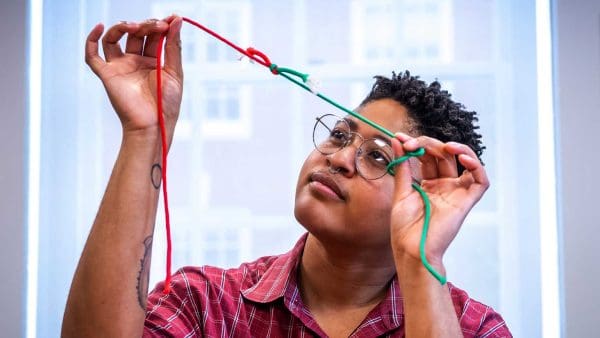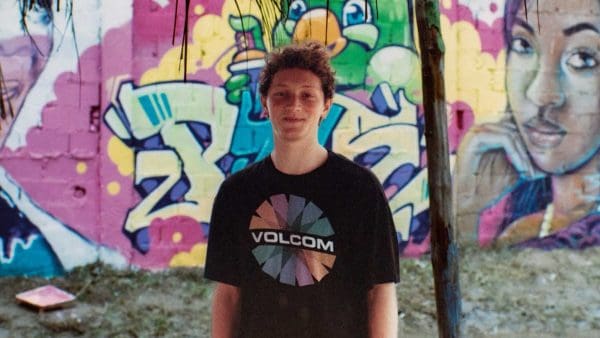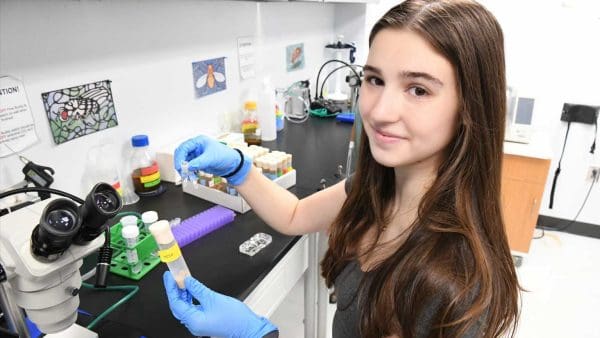While cigarette smoking rates among high school students have plummeted, the use of e-cigarettes, or vaping, has soared. Around one in five high school-aged teens now reportedly vapes. Senior Daniel Habib saw this skyrocketing popularity firsthand. Once, his entire ninth-grade class received detention because of rampant vaping on a field trip.
Vaping has alarmed public health officials because it exposes users to the habit-forming nicotine that is found in regular, combustible cigarettes. Research from Johns Hopkins on vape ingredients published in October 2021 reveals thousands of chemical ingredients in vape products. Most of which are not yet identified.

It was crazy to see how people in high school would come up to me and say ‘I’m addicted, I can’t stop vaping.’ I knew then that vaping was a huge problem.”
—Daniel Habib ’22
Research for a solution
Supported by a Provost’s Undergraduate Research Award, Habib hopes to be part of the solution. His project aims to leverage the prior success of adult smoking and obesity prevention programs that have focused on leaders in social networks. Because peer influence has profound effects on individuals’ engagement in risky behaviors—and especially so in adolescents—he says examining teen vaping through the lens of social networks could enhance school-based efforts aimed at turning the tide.
Habib’s idea developed while taking a sociology class taught by Andrew Cherlin, the Benjamin H. Griswold III Professor Emeritus of Public Policy and now Habib’s faculty advisor. He introduced Habib to the growing literature on social networks and health behavior changes. Habib thought back to a drug use survey he and his high school classmates had felt forced to take. It was an approach that might have produced misleading results because students did not want to disclose incriminating behavior.
“I wondered if I could come up with a better survey,” says Habib, “and build a social influence model of vaping in high school networks, which to date hasn’t really been assessed.”
Surveying students
Habib drafted a simple online questionnaire asking students about their vaping status as well as the names of some friends. He then worked with the Johns Hopkins Medicine Institutional Review Board (IRB) to deploy the survey. It used a security feature designed by the National Security Agency that completely anonymizes students’ names, yet still preserves reported connections between them on a social network level. As an incentive to boost response rates, the survey also randomly awards modest gift certificates. They were made possible through the PURA funding.
One high school has already given the vaping survey to a set of students. Habib is looking to partner with more schools to further demonstrate its usefulness. During the course of his research, Habib published a study in JAMIA Open, a health and medicine informatics journal, about the methodology behind surveying high school students anonymously.
Looking ahead, the biophysics major and bioethics minor plans to go to medical school and continue a career in research. “I never imagined I’d be running my own IRB-approved study as an undergraduate,” says Habib. “It’s been a great experience and has prepared me for what’s next.”




